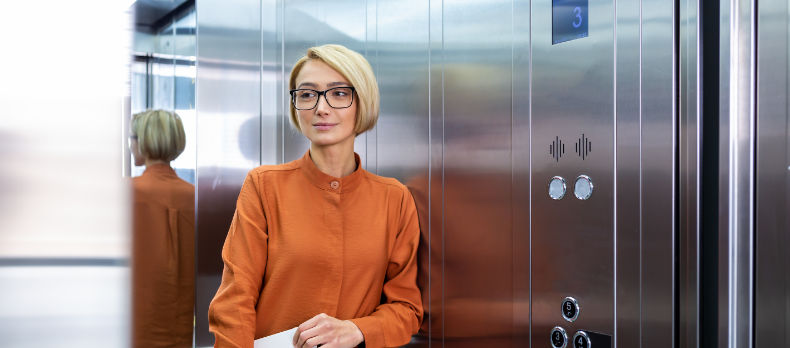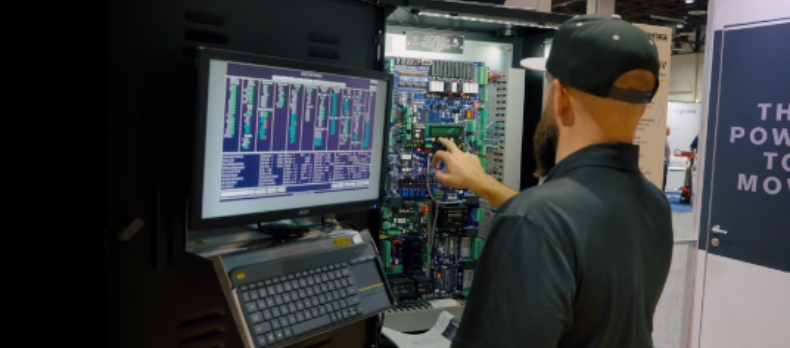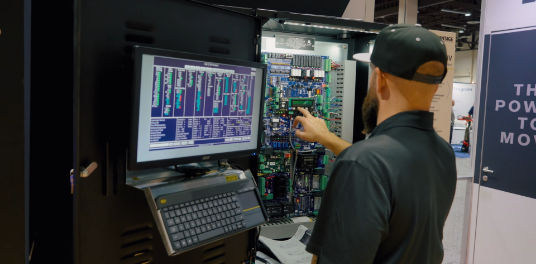
Celebrating 75 Years of Elevating Excellence
Empowering the industry with the training, insights, and connections to grow businesses and build lasting customer relationships. Together, we unlock opportunities to work smarter, faster, and better.
National Association of Elevator Contractors is the premier association representing the elevator industry.
Founded in 1948, we are dedicated to promoting safety, education, and innovation within the vertical transportation industry. Our commitment to excellence has made us a cornerstone in fostering collaboration and driving progress among industry professionals.
Learn more about NAEC75+ Years
of industry leadership and service
2000+ Professionals Trained
through our education and certification initiatives
700+
NAEC Members
including contractors, suppliers, and industry associates
Membership
Why join NAEC?
Join a community that supports your business through collaboration, education, and innovation. As a member, you’ll gain access to exclusive resources, networking opportunities, and programs designed to enhance your success in the elevator industry.








